The Rural Domestic Preparedness Consortium (RDPC) has updated its website to include a new layout that makes it easier for users to find the information they need.
The most noticeable differences include a change in color scheme to give the site a simplified and cohesive appearance, the addition and repetition of links to improve site navigation, and the reorganization of sections to improve flow and ensure information can be found quickly.
One of the most popular features of the website is the training page, which features an interactive map of upcoming training, and a full listing of classes to be offered. Using these features, users can determine which classes are being offered in their area and when. If training is not available in their area, users can request a class by completing a form. A portion of the upcoming training schedule also appears on the homepage, along with the latest news about the program such as new course certifications.
In addition, a new Responder Toolbox section was created which includes resources such as software and planning tools for emergency responders, training needs assessments, reports on course performance, and current and past issues of the RDPC quarterly newsletter.
The website also serves as the launching point for students to take the RDPC web-based courses. A new Online Training section aggregates web-based courses and leads users straight to the curriculum after a few quick enrollment steps.
About RDPC
RDPC is a U.S. Department of Homeland Security (DHS) Federal Emergency Management Agency (FEMA) National Training and Education Integration Division partnership of academic institutions with a vision of creating an environment wherein rural communities across America will have the knowledge, skills and abilities necessary to enhance the safety, security and quality of life for their citizens.
As a strategic partner to the RDPC, The Center for Rural Development is responsible for technology including a large network of interactive television (ITV), videoconferencing, and learning management systems necessary to manage large student populations and deliver courses to rural responders across the nation.





